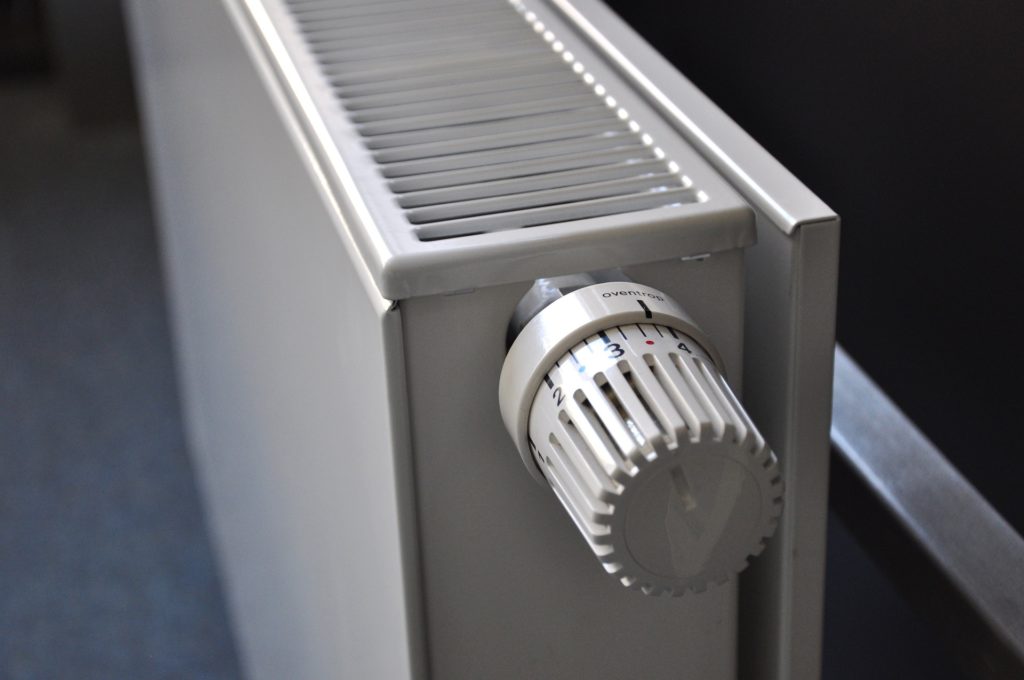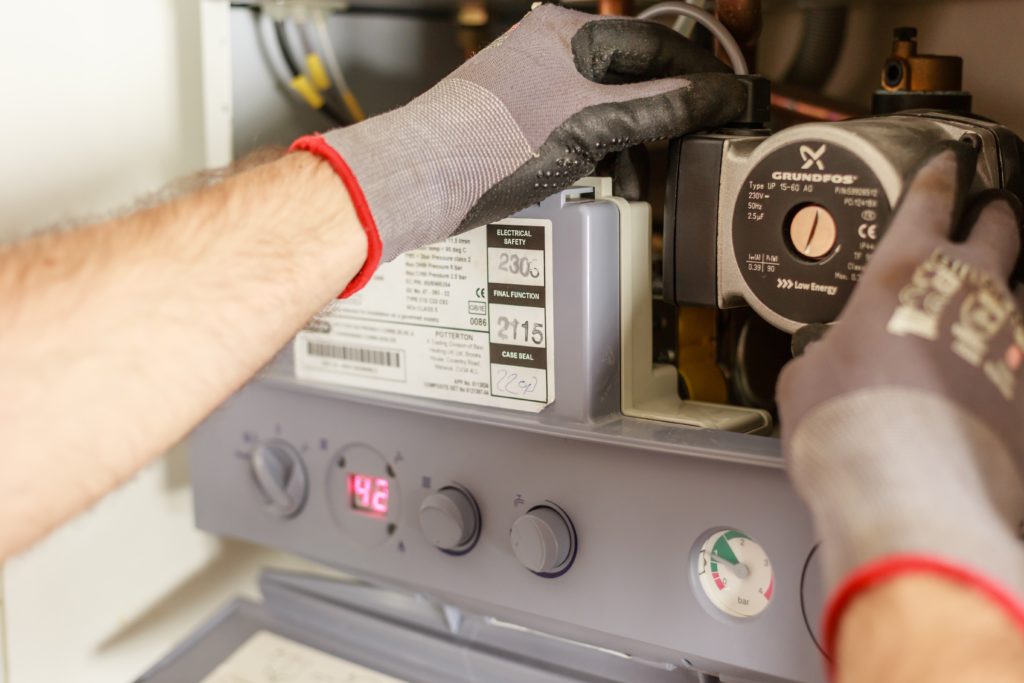No one wants to start the winter with a heating system that does not work, so now is the best time to arrange a central heating power flush. If you have noticed any of the tell-tale signs below, it’s quite likely that the system is becoming clogged up with scale, rust and sludge.
Signs that your central heating needs a power flush:
- Cold spots on radiators
- Hot pipes but cold radiators
- Radiators that require regular bleeding
- Dirty water (or no water) when radiators are bled
- Noisy boiler or radiators
- Radiator leaks
- Frequent breakdowns
- Boiler constantly needs restarting
- Central heating takes a long time to warm up
- Some radiators struggle to heat up

Don’t wait for your central heating to break down!
It is recommended that a power flush is carried out every 5 to 6 years, but if you are noticing any of the issues listed above, it is a good idea to ask a qualified heating engineer to investigate the problem. It is always better to take preventative measures during the summer months, than to wait until winter when you need your heating to be reliable at short notice. A central heating flush can also help to improve energy efficiency, potentially giving you lower energy bills.
If the engineer finds any problems during the power flush, it also means that you won’t have the stress of being in the winter without heating if further repairs are required.
The power flush process
Whilst a central heating power flush sounds like quite an intrusive job, it is actually relatively simple and inobtrusive. To begin with, the engineer will fire up the boiler and check where the cold spots are. All radiator valves are then opened or removed, and protective sheets will be placed over carpets and furniture as required.
A powerful flushing machine is connected to the heating system and three steps of the cleaning process will begin:
- The engineer will use water to flush the entire system in both directions until it runs clean. They will then tackle troublesome areas separately. This may require the use of a hard-wearing pad attached to a hammer action drill (agitator) that helps to dislodge stubborn sludge. If the problem is particularly bad, the engineer may use a blend of powerful chemicals to clear the system.
- Once the system has been cleared, a chemical neutralizer is washed through the system. Your engineer will also check the pH level to make sure that the system is not too acidic. Too much acid in the system can cause further internal corrosion.
- The final stage is a dose of inhibitor fluid flushed through the system. This will prevent corrosion and help to reduce the amount of sludge that builds up again over time.
Depending on the size of your property, number of radiators and size of central heating system, a power flush can take anywhere from a few hours to all day. Another benefit of carrying this out during the summer months is that you can be outside while the process is taking place!
Power flushing is not always the solution
A central heating flush can do many things, but ultimately it cannot fix any broken parts within your boiler or heating system. Because power flushing forces water through the system at high pressure, it can actually increase the pressure on areas that are weak and in the worst case, cause leaks. A qualified central heating engineer should be able to evaluate whether power flushing is the best option for your system, or whether other remedial work is required.

Let the professionals do the work
If you are experiencing any central heating system problems or believe that your system may need a central heating flush, it is best to call a professional instead of trying to fix the issue yourself. We will assess your heating system and ensure that a central heating flush is the best course of action to improve the efficiency of your heating system.
If you would like to discuss a central heating flush, please call us today on 01502 719726 or request an appointment online.